The
Harkerville Market
The Harkerville Market is a delightful organic food and craft market located
halfway between Plettenberg
Bay
This Saturday market has been going for over 10 years and is very popular with both visitors and locals alike. The fresh produce and speciality foods are the perfect compliment to the unique arts and crafts on offer.
 |
| Before you buy breakfast, have a starter of Ile de Pain bread and homemade strawberry jam! |
The
food market surrounds a large field, filled with benches, umbrellas and large
trees encouraging visitors to stay a while and enjoy their fresh purchases. A
Market specialty is the “Bush Breakfast” at the Bundu Breakfast stall, which is served al fresco, but with all the fresh bread, pastries, select cheeses and cured meats on offer at the various stalls one might easily put
together a sublime continental picnic breakfast to enjoy on the spot!
The
fresh produce is often seasonal with pomegranates, strawberries, grapes and
cherries all fresh from the fields. Staples of the market fresh produce include
spinach, herbs, lettuce and fresh cut flowers – all organic. Over and above the
fresh produce, breads, cheeses, meats and flowers, one can stock up on
preserves and pickles (which make the most wonderful gifts), sauces and pestos,
and sample a variety of specialities honey, fudge, chocolate, dried fruit and
nuts. Every visit offers some new delight or delicacy!
The crafters market is unique and varied and includes woodwork, beadwork, African artwork, clothing, jewellery, needlework and all sorts of useful bits and bobs. All locally produced and very well priced – this is one of the best spots that I know of to shop for Christmas and birthday presents and to stock up on gifts! A true South African “flea market”!
 |
| Well known artist Gordon Legg has a popular stall at the Harkerville Market |






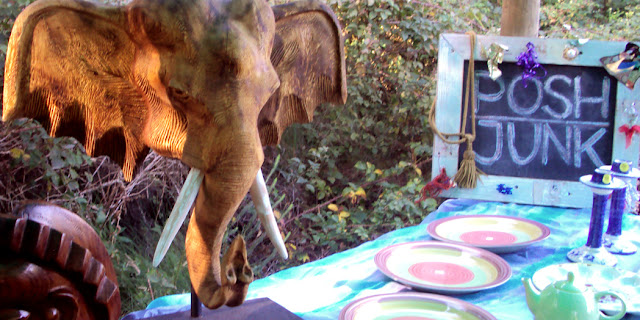

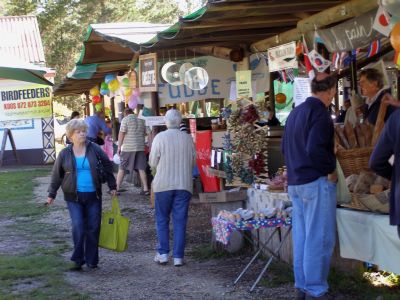


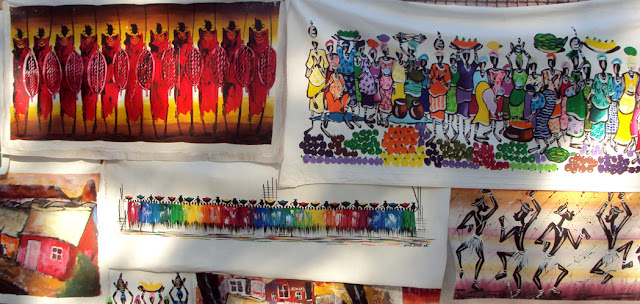













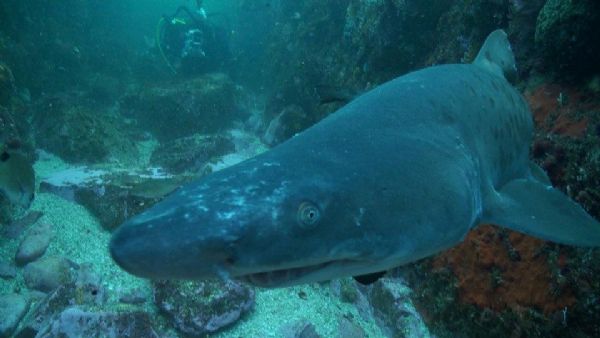

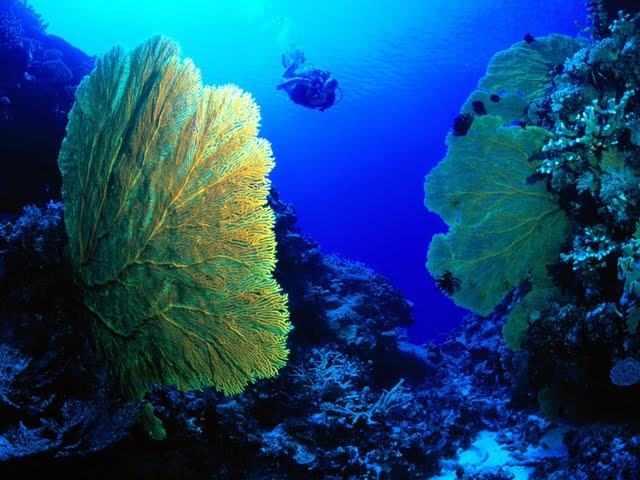





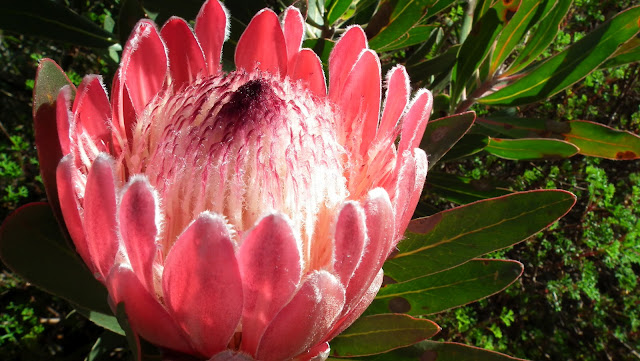

.jpg)
.jpg)











